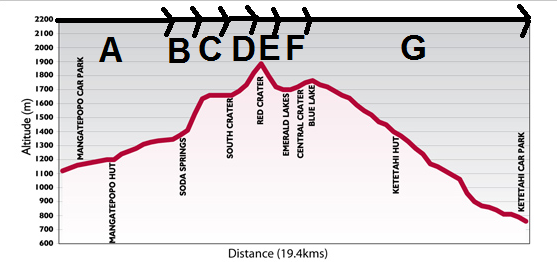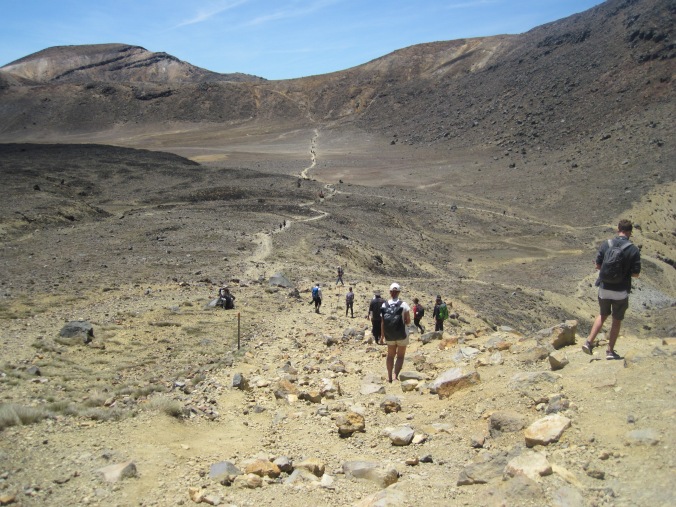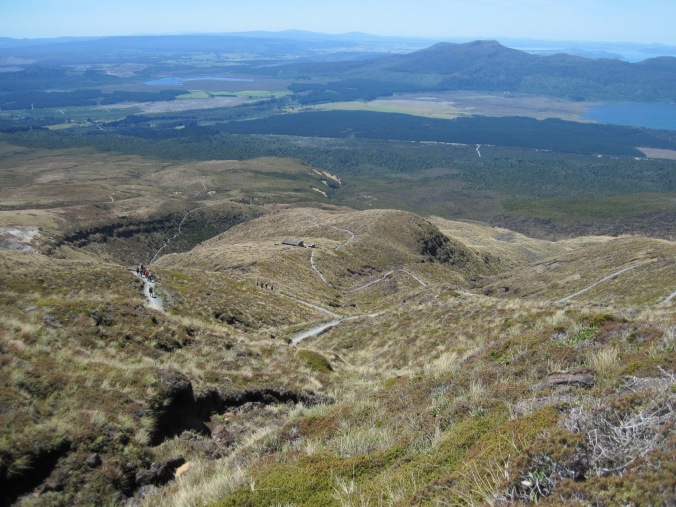I’m up to page 83, and there’s nearly 37 characters in this book so far. So, safe to say that there’s a lot of characters and that this is going to be a complex story, so let me try to keep track with a list—can you tell I’m hyper-organized? It’s especially bad with all the lines of command of the military, and I’ve never been good at keeping track of that.
less power–>Corporal–>Sergeant–>Lieutenant–>Captain–>Colonel–>more power
Kurt Stelling: German Lieutenant Colonel; gay; 6.5 ice Talent; hides Luckenwalde (name for Nazi government Talent facility) with his ice Talent?
Erich von Ritter: German Colonel; SD officer*; tall, dark, and handsome (most characters distracted by his looks); homophobic; an thirty-ish aristocrat from Munich, Germany; cover in England is Pharmaceuticals; SPOILER has a spill Talent; code name “The Chemist”
Kim Tavistock: spill Talent; 33-year old woman; restoring Tavistock estate, or Wrenfall in Uxley, England; journalist; member of Monkton Hall (or Historical Archives and Records Centre—the cover name of the top-secret government research on military uses of Talents); code name “Sparrow”
Mother Tavistock: fifty-nine-years old; remarried for four years; lives in Philadelphia in America
Robert Tavistock: Older brother of Kim; deceased; died at Ypres
Julian Tavistock: Kim’s sixty-two-year old father; SPOILER chief English spy at SIS, whose cover is that he works in the whisky trade; alias Claude Beven
Llewellyn Tavistock: grandparent of Kim
Jane Tavistock: grandparent of Kim
Walter Babbage: father of Rose
Mrs. Babbage: mother of Rose; the cook of Tavistock estate
Rose Babbage: Babbage’s nineteen-year old daughter; SPOILER a supposed ice talent;
Georgiana (Georgi) Aberdare: “a popular and poisonous London hostess” (19); code name “Sunflower”
Hugh Aberdare: Georgi’s brother; also named Lord Daventry
Alice Ward: Kim’s thirty-five-year old friend; owns Dropped Stitch—a knitting store; Trauma view Talent; might marry James?
James Hathway: middle-aged; dotes on Alice; priest of a chapel; also named Vicar (priest); owns used bookstore?
Miss Drummond: fiftyish office manager of Monkton Hall; controls logbook of people’s names and Talents and their correspond levels
Fitzroy Blum: Monkton Hall’s director; large man; natural defender Talent; possible spy for the Germans; used to be Georgi’s lover, but dumped her; confidant of King of England
Emma: Kim’ elementary friend; hyperempathy Talent
Owen Cherwell: caseworker for Hyperpersonal Talents at Monkton Hall, for Kim; previous professor at Cambridge’s Experimental Psychology Department
Stanley Yarrow: “bald and rotund director of Psychokinesis” at Monkton Hall (31);
Sam Reuben: Yarrow’s predecessor at Monkton Hall; small build; his son Michael died; was researching cold cell Talent
Constable Benny: Constable of Uxley
Constable Simkins: ?
Superintendent Oates: from constabulary in Coomsby; short
Dr. Angus Dunn: Doctor at mental hospital (or asylum), Prestwich Home
E (Richard Galbraith): head of the English Secret Intelligence Service (or SIS), also code-named Foxhound; wife has anorexia, who chose E over Drake; being investigated because there’s a information leak; sixty-two years old
Lydia: E’s wife
Wallis Simpson: woman; relationship with Edward VIII; believes in Hitler
Winston Churchill: First Lord of the Admiralty; conceptor Talent
Adolf Hitler: head of Nazi’s; conceptor Talent
Rory: another spy with Julian; code name “Rabbit”
Elsa: another spy with Julian; elderly lady; code name “Egret”
Harry Parslow: eighty-four year old man at Prestwich mental Home; maybe insight Talent?; used to own a Chemist shop
Lieutenant Hass: with Nazi military; Stelling’s adjutant
Field Marshal von Rundstedt: ?
Griffith: Hugh’s butler
Frank: Hugh’s footman?
Peter (Fin): Hugh’s part time footman; SPOILER Julian’s spy; runs two agents in Germany (one being Woodbird & the other Harp?)
Charlotte: Hugh’s maid; blond girl
Sir Edgar Thackeray: guest of Georgi’s
Lady Beatrice (Bea) Thackeray: Edgar’s wife
Sir Simon Harwell: Julian’s lunch companion; provides info for SIS
Heath Millington: Alistair Drake’s right hand man, or undersecretary; with CID (Committee for Imperial Defense); SPOILER replaces E
Alistair Drake: CID; has authority over E; started investigation on E; hates E; sides with the PM, or Prime Minister?
Coporal Breck: Doesn’t look like Stelling
Sergeant Dressler: Looks like Stelling; SPOILER driver for Stelling as he escapes Germany
Andre Francois-Poncet: French ambassador in Berlin; SPOILER help Stelling escape
Andre Marchand: Captain with ambassador
Philippe: Captain Andre’s friend
Dorset Withers: reads the scripture for Vicar James Hathway
Gunter Helmut: Stelling’s second driver during his escape; bland face
Olivia Hennessey: fortyish secretary for E; high security clearance; up-swept hair
Stanley Baldwin: Prime Minister of England; follows the direction of the British people
Woodbird: mole in Abwehr
Reginald Oldstrum: twenty-three years old; trauma view Talent of 3
Theodore Vaughn: Cold-cell Talent of 2
Grace Hull: Cold-cell talent of 4
King Edward: King of England
Theodora: Cousin of Kim
William: Uncle of Kim’s; brother of Julian
Sir Lionel Bowe: owns a house in Mayfair
Harp: British spy in Germany; has a woman mole (named Buttercup) in Luckenwalde
Gordon: Umbrella man; Von Ritter’s driver
Lena Mueller: thin, cross thirty-eight-year old woman; chauffeur; darkening talent at 9.4; accomplice of Von Ritter; alias Helga Osterman or Ines Reinhardt
Oskar: accomplice of Von Ritter
Idina Mae Henslow: ample woman; mistress of E
Mrs. Pengelley: shopper for yarn
Lowry: E’s deputy director
Martin Sempill: Barley and Mow pub owner
Ada: Barley and Mow pub’s cook
John Rennie: administrative officer at CID headquarters; Millington’s assistant
Mr. Vickers: SIS secretary for Millington
Henry Wollaston: admirer of Kim’s mother; gifted a Helbros watch to her mother
Carlisle: Julian’s longtime tobacconist; spy informant with Julian
Bert Doyle: director
Major General Hart: loves fine whisky
*SD: Hitler’s private intelligence service
What have I learned from reading this book? That you don’t have to name every character. I get that it definitely imparts a sense of realism, but it really confused me (as the reader) trying to keep up with who was whom, who was important, and who I had to remember. I would say be patient though. Some names are meant to be forgotten, and as such are only mentioned once. Others, come up frequently, so you get time to learn about them and their role in the story. Then there’s others who come up infrequently, but you should remember them. Like, E’s archenemy. Or, the name of the Prime Minister. The higher up’s that you don’t encounter but should know because they play an indirect role in the story.
That being said, as an after-the-fact, I did like the numerous characters. As a spy book, it makes it kind of cool having a character mentioned once or twice, and all the sudden you find out later in another chapter that the previously mentioned character is actually a spy working undercover with such-and-such agency. So, I think having so many characters actually helped hide some of them in the book.
Kenyon, Kay. At the Table of Wolves. New York, NY: Saga Press, 2017. Print.
PS. I should come back and re-organize this in a chart. It would make it a lot nicer and faster to figure out who’s related to who. First, I have to figure out all the secret organizations…










